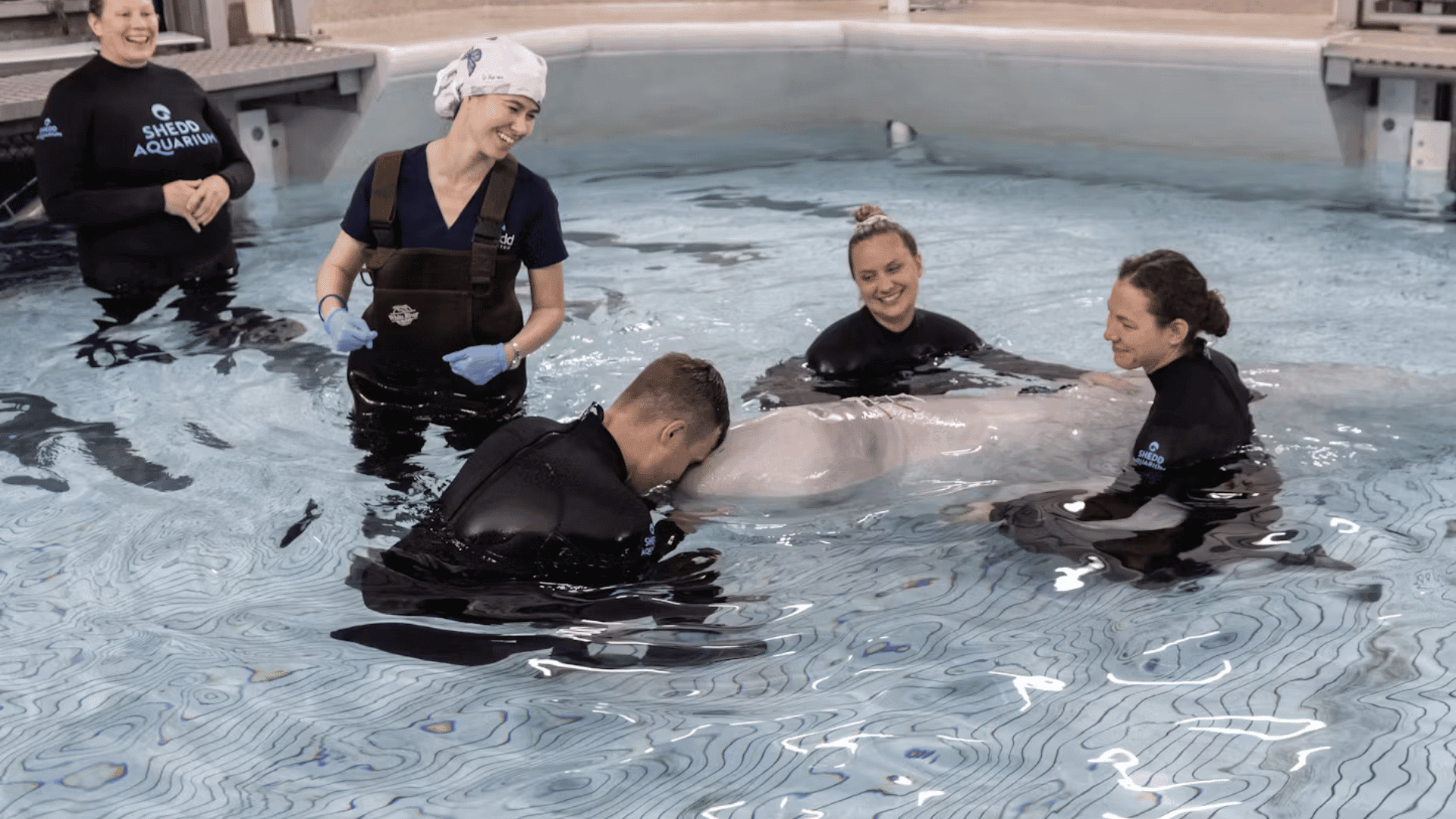Stargazing is a deceptively simple hobby. All you have to do is look up at the sky at night, right? Not entirely. While that is the “easy” version, it’ll leave would-be astronomers with limited information and sights to see. However, it’s not an activity that necessarily requires expensive equipment or years of training. With a bit of knowledge and a few key items, it’s possible to get the best possible experience out of your nightly viewing session.

Start With Binoculars
According to Columbia University astronomer/student Jose Manuel Zorrilla Matilla, most newbie stargazers rush to buy a telescope. It’s a pricey investment that won’t pay off without knowing a few “anchor” stars and constellations. Instead, a decent pair of binoculars offers a better playground for novices. It offers magnification without the fiddly dials and setup of a telescope. It’s even possible to get a close-up of the moon and its craters.
Use a Red Flashlight
The human eye is affected by white and blue light, which is why many doctors recommend turning off electronics before bed. When stargazing, though, some sort of light is needed to not stumble around in the dark. Since the eye isn’t affected by red light, using a red filter on your flashlight will keep things illuminated without the strain. It’s easy to do, too- just cover your phone with red tissue paper or cellophane.
The Cold Never Bothered Me Anyways
On chillier nights, stars are easier to see. This is due to the atmosphere being thinner when there is less heat. If you don’t mind bundling up, the winter is arguably the best time of year to go stargazing. Bring a warm drink or a portable heat source. Do note that any precipitation, including snow, will cause cloud cover and make stargazing more difficult. Check local weather reports before going out.
Altitude is Key
Speaking of atmosphere, you’ve probably noticed that it’s colder the higher up you go. Sure enough, the atmosphere is thinner as you gain altitude. That’s not to say you have to scale a mountain for optimal stargazing, but even climbing to the roof of a building can make a huge difference. Make sure the roof is accessible beforehand- stargazing is hard to do after being caught breaking and entering. (Heights are especially useful for astronomers in the city, as light pollution is less of a factor.)

It’s Not Just Stars
Despite the name, stargazing is about more than just watching distant dying suns. It’s also possible to recognize planets, galaxies, and constellations. Many apps are available to help beginners identify common nighttime features. Or you could hit up your local library for books on astronomy. Unlike many sciences, which grow outdated with new advancements, the placement of stars and planets has been consistent throughout history. Hence, even older books are still enough to provide accurate information. Also, try spotting the International Space Station- NASA has a website tracking the ISS, although it’s not visible every night.
Meet Fellow Stargazers
Hobbies are often improved by having a partner or group, and stargazing is no exception. Do some research and see if your area has an amateur astronomers’ club. Attend a few meetings and follow their advice. If no such club exists, see if there are any solitary stargazers to join forces with (and maybe start the club yourself). If all else fails, following some astronomers on social media is a good start. Even if you don’t make a friend out of the experience, you’ll still learn more than when you started.
Go Digital
Speaking of apps, there are a few astronomers recommend. Since you’ll already have your phone as a red light source, you might as well download a couple to give yourself an advantage. Employees at the American Museum of Natural History gave special mention to Starwalk, Google Sky Map and Exoplanet. The Sky Guide app lets you scan the night sky and will identify constellations and planets for you, which is very useful for those nights you can’t tell Cassiopeia from Cygnus.

Use Your Imagination
Sometimes, it’s best to go out sans equipment and just look at the stars with a human eye. That’s what our ancestors did…the very same ancestors who created the constellations we still recognize today. How did they see the shapes in the stars? Using their imagination. It’s a lot like looking for shapes in clouds. Who knows? Maybe your first night of stargazing will lead to the next big discovery.







